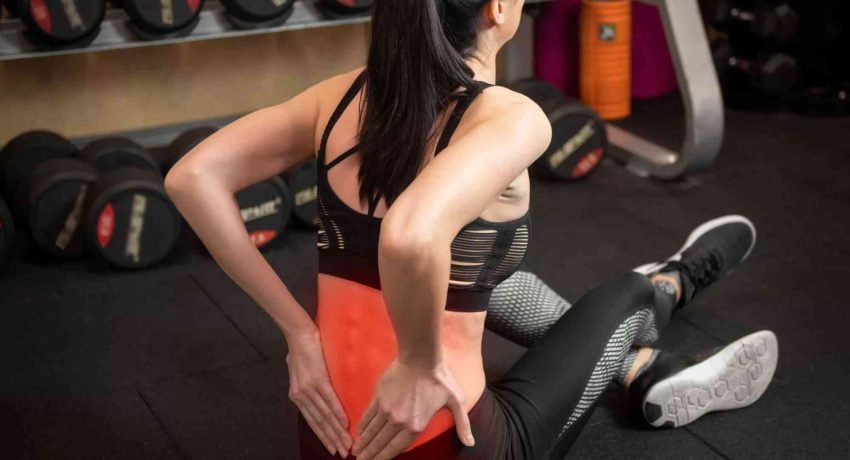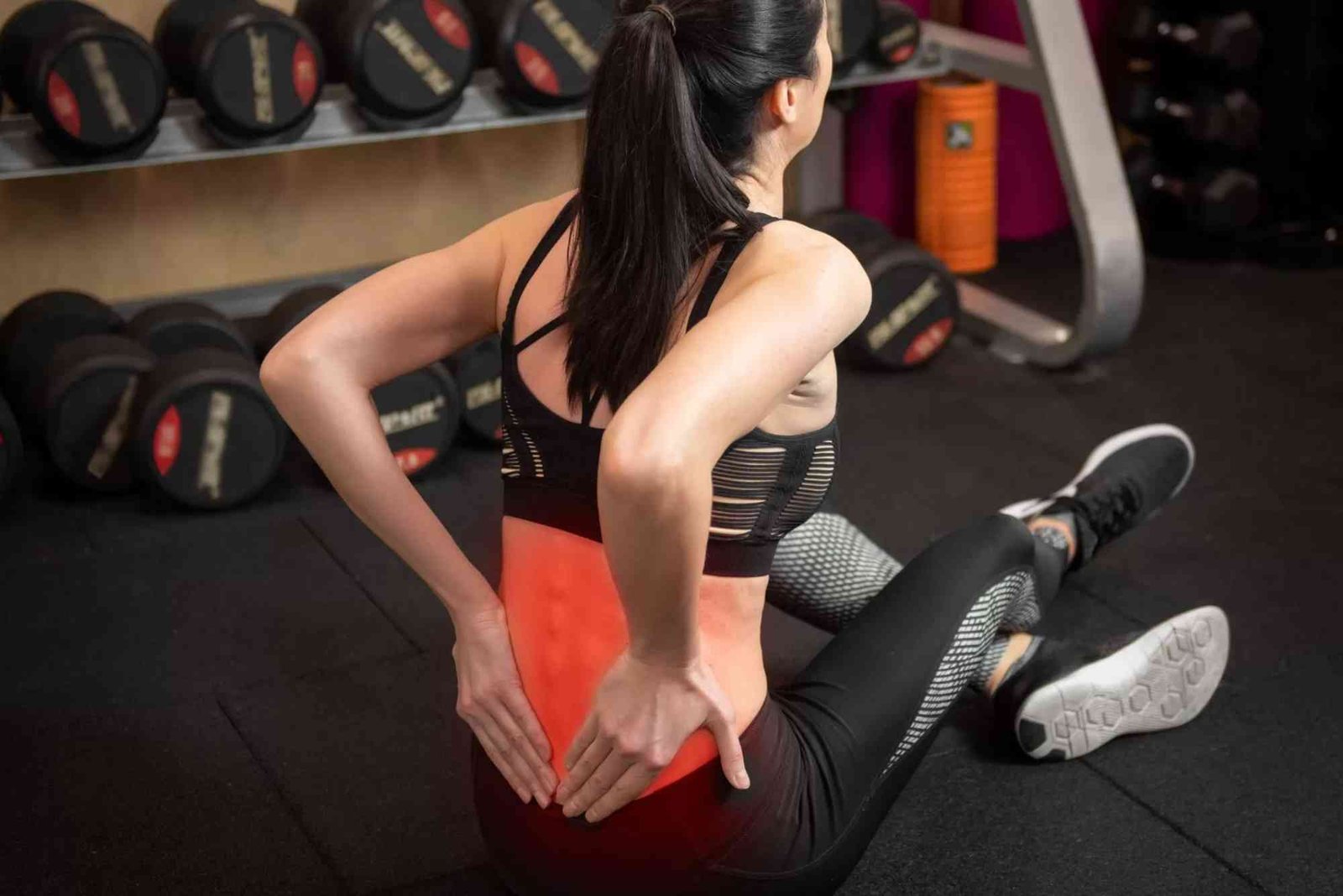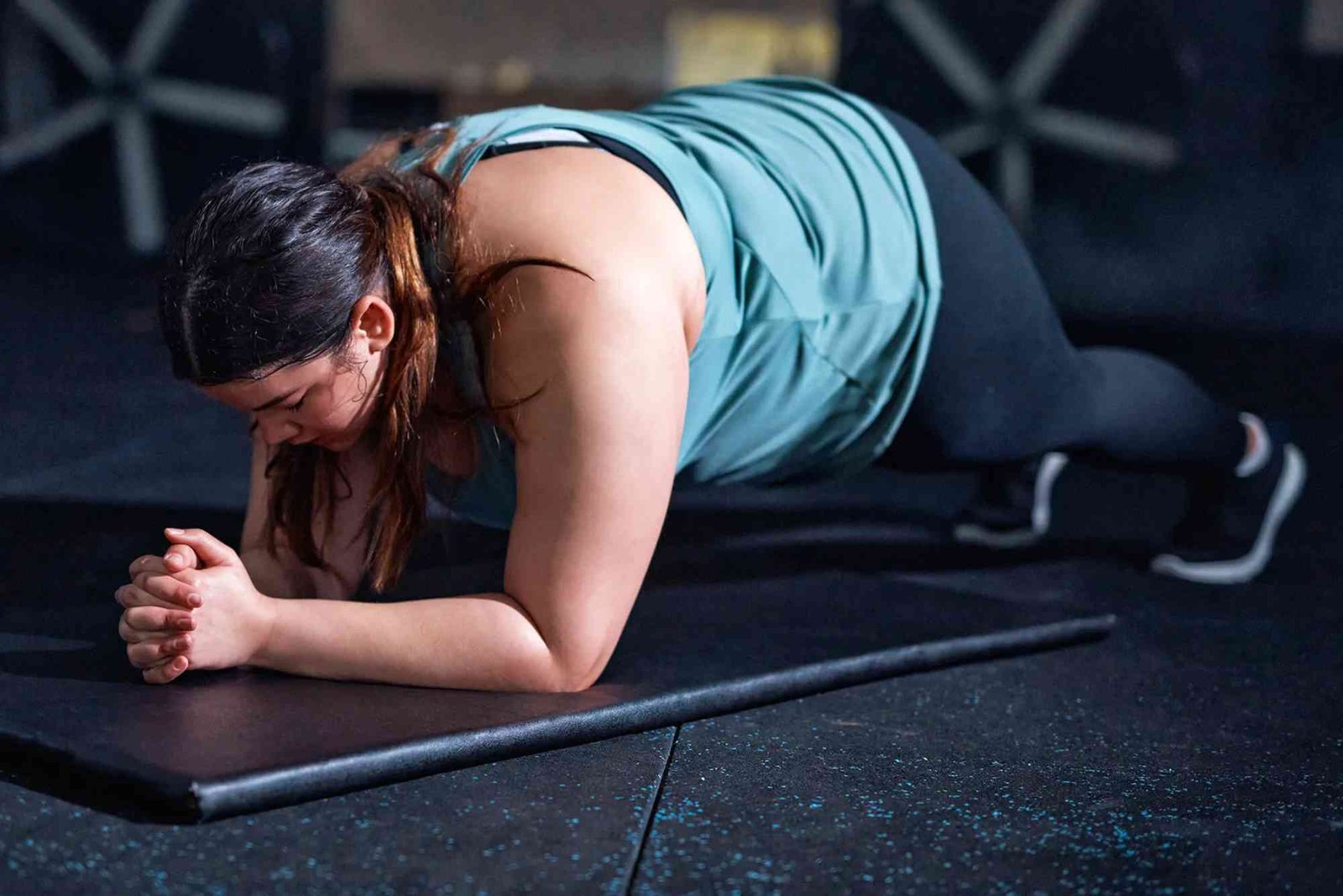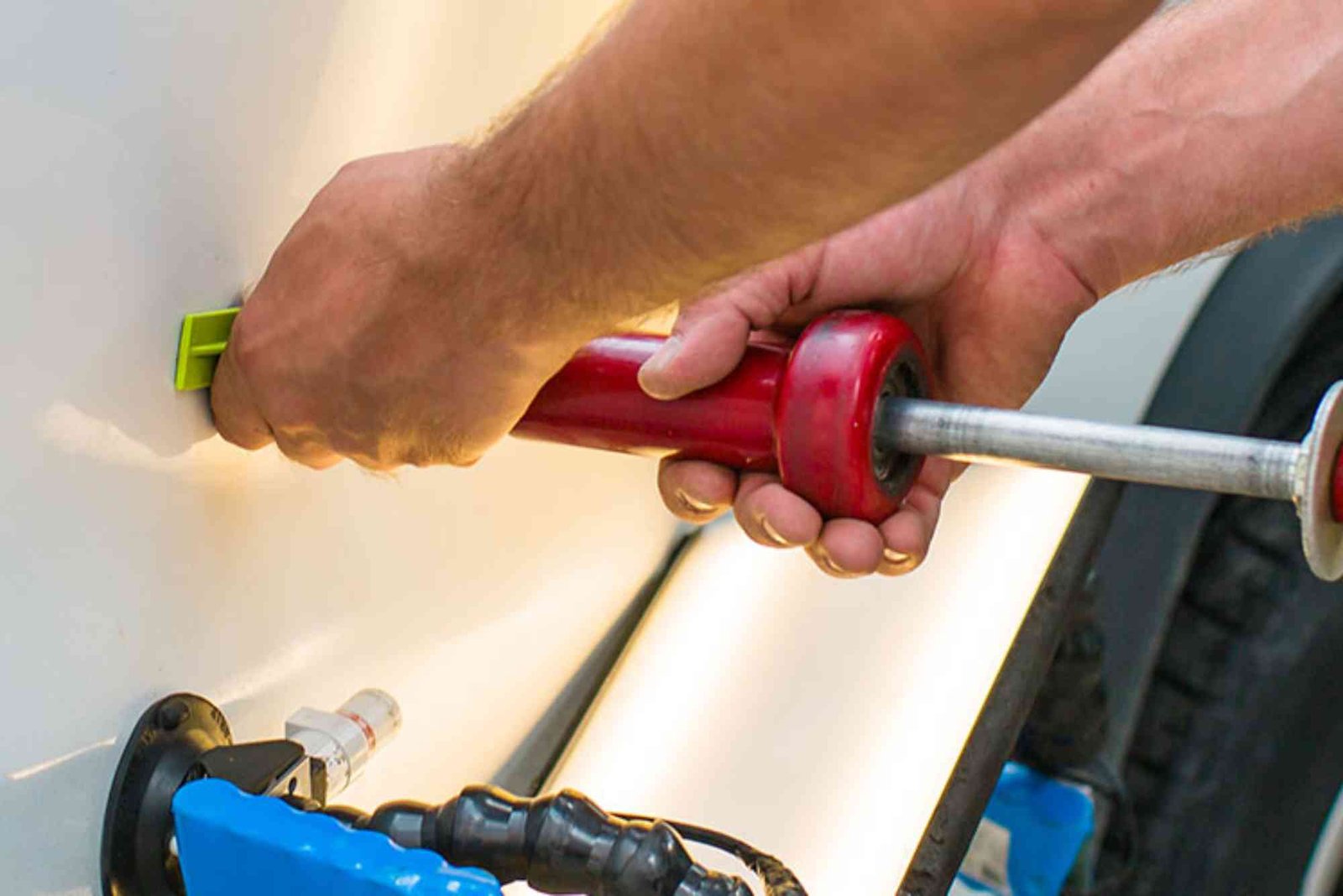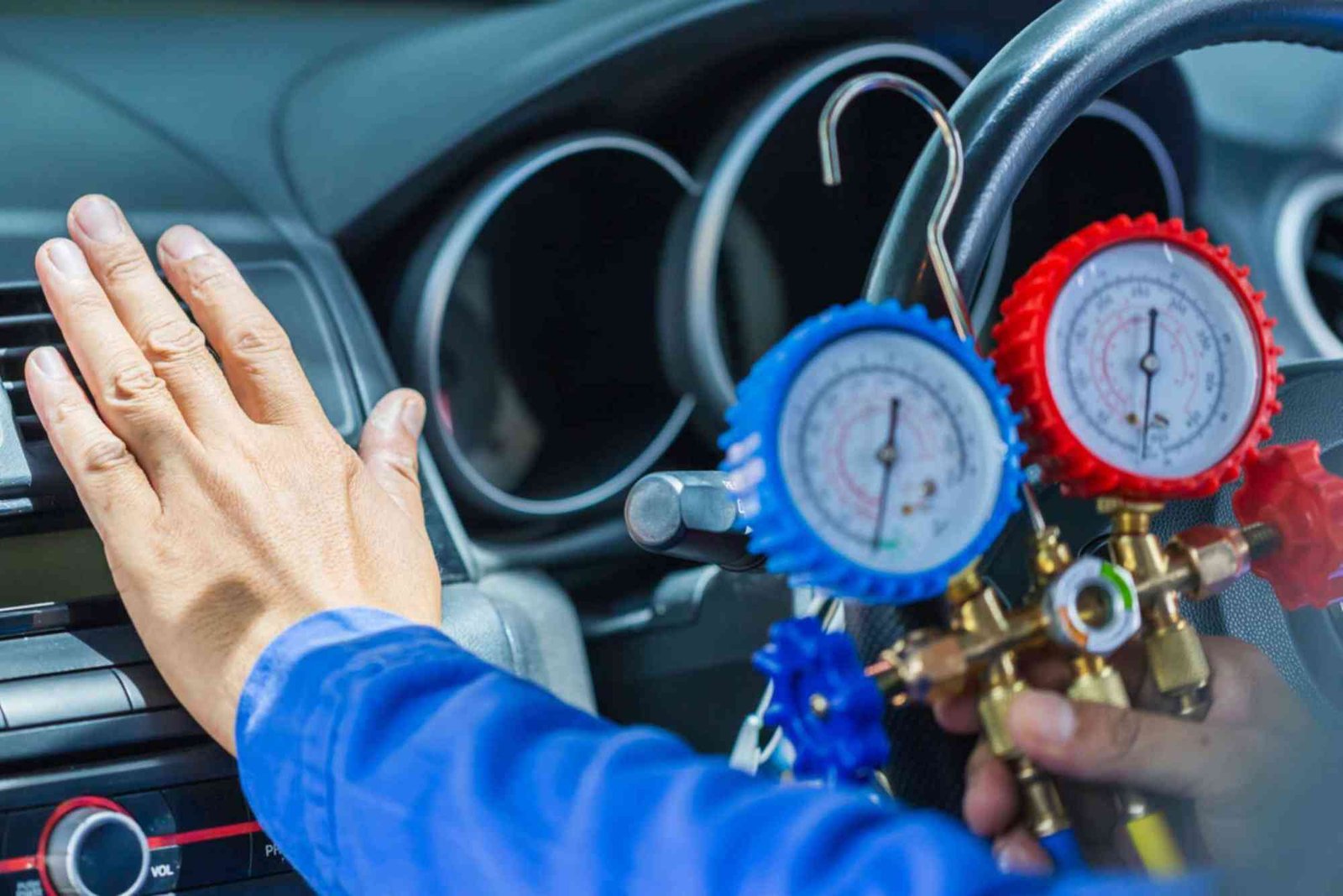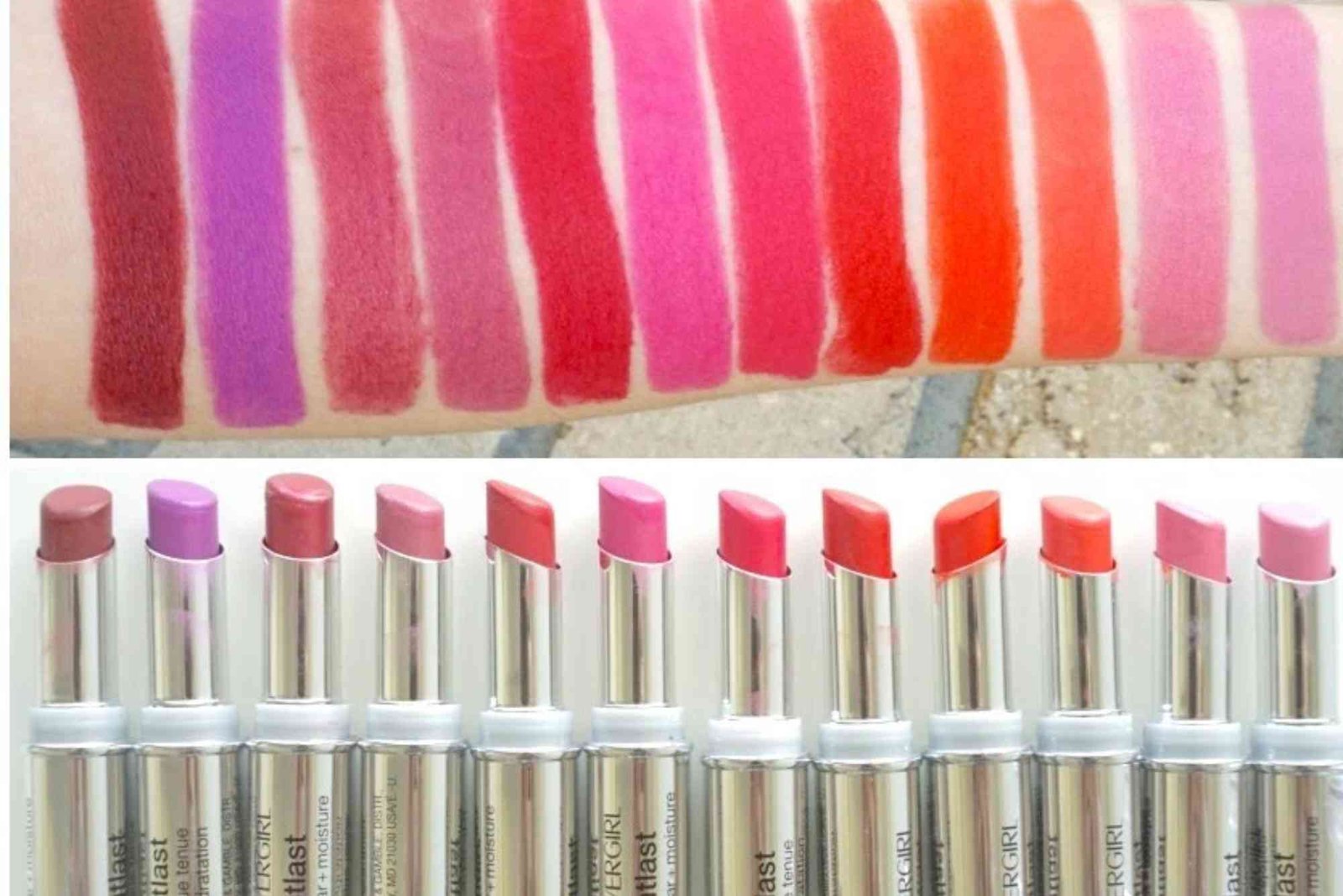Introduction
Feeling sore after an intense gym session is completely normal. This post-workout muscle pain, often called Delayed Onset Muscle Soreness (DOMS), usually appears 12–48 hours after exercising. While a bit of soreness signals muscle growth and repair, excessive pain can slow your progress and demotivate you. In this complete guide, we’ll explore How To Recover Muscle Pain After Gym — Practical Tips & FAQs, explaining expert-backed methods to ease pain, enhance muscle recovery, and get back to training stronger.
Understanding Muscle Pain After Gym
When you work out, your muscles experience microscopic tears, especially during strength training or high-intensity workouts. These small injuries cause inflammation, leading to the familiar soreness known as DOMS. Though painful, this is a natural part of muscle adaptation — your body rebuilds those fibers stronger than before.
However, there’s a fine line between healthy soreness and potential injury. If your pain lasts more than a week or limits movement, it could indicate strain or overtraining. Understanding the cause of soreness is the first step toward effective recovery.
The Science Behind Muscle Recovery
Muscle recovery isn’t just about resting; it’s a biological process. During recovery, your body synthesizes proteins, restores glycogen stores, and repairs tissue damage. Proper hydration, nutrition, and sleep all play essential roles in this process. Without these factors, recovery slows, making muscles weaker and more prone to injury.
Now, let’s look at how you can optimize recovery using practical and scientific approaches.
Proven Ways To Recover Muscle Pain After Gym
Recovering efficiently after gym sessions ensures consistent progress without burnout. Here’s how to recover muscle pain after gym naturally and safely.
Prioritize Rest and Sleep
Rest is the most effective recovery tool. During deep sleep, your body releases growth hormone, which aids muscle repair and regeneration. Aim for 7–9 hours of uninterrupted sleep nightly. If you’ve trained intensely, consider a short nap during the day — it can enhance tissue recovery and reduce fatigue.
Hydrate and Replenish Electrolytes
Dehydration worsens muscle soreness. Muscles are made up of about 75% water, so staying hydrated supports nutrient transport and waste removal. After workouts, drink water mixed with electrolytes to replace lost minerals like sodium, magnesium, and potassium. Coconut water or electrolyte drinks can work wonders.
Stretch and Perform Light Movement
While rest is crucial, complete immobility can stiffen sore muscles. Gentle movement like yoga, stretching, or a light walk improves blood flow and speeds recovery. Dynamic stretches help deliver oxygen to the affected muscles, promoting faster healing.
Massage and Foam Rolling
Massage therapy or self-massage using a foam roller can significantly reduce soreness. These techniques break down muscle knots, enhance circulation, and relax tight tissues. Try spending 10–15 minutes foam rolling after a workout, focusing on sore areas like the quads, hamstrings, and back.
Eat Protein-Rich and Anti-Inflammatory Foods
Nutrition plays a major role in muscle recovery. Consume lean protein sources such as chicken, fish, eggs, or plant-based options like tofu and lentils to support muscle repair. Combine them with complex carbs for glycogen restoration and healthy fats for joint health. Add anti-inflammatory foods like turmeric, berries, and leafy greens to speed up healing.
Use Heat and Cold Therapy
Cold therapy (ice baths or ice packs) reduces inflammation and numbs pain, especially in the first 24 hours after exercise. Heat therapy, such as a warm shower or heating pad, helps relax tight muscles and improve flexibility later on. Alternating between heat and cold can optimize recovery for severe soreness.
Consider Supplements for Muscle Recovery
Supplements can complement your recovery routine. Branched-chain amino acids (BCAAs) support muscle synthesis, while omega-3 fatty acids reduce inflammation. Magnesium helps relax muscles, and vitamin D supports overall muscle function. Always consult a healthcare professional before starting any supplement regimen.
Take Active Recovery Days
Active recovery involves low-intensity activities like cycling, swimming, or brisk walking on your rest days. These exercises increase blood flow without putting too much stress on your muscles. This gentle movement promotes nutrient delivery and waste removal from tissues, helping you bounce back faster.
Try Epsom Salt Baths
Epsom salt baths are a relaxing and effective way to recover muscle pain after gym workouts. The magnesium sulfate in Epsom salts helps relax sore muscles and ease tension. Soak in warm water mixed with one to two cups of Epsom salt for about 20 minutes to feel rejuvenated.
Manage Stress and Mindset
Mental stress impacts physical recovery. Chronic stress raises cortisol levels, which can delay muscle repair. Incorporate relaxation techniques like meditation, breathing exercises, or journaling. A calm mind supports a healthy body, leading to faster and more complete recovery.
Common Mistakes That Delay Recovery
Many gym-goers unknowingly sabotage their recovery. Here are some mistakes to avoid:
-
Ignoring pain and continuing to train aggressively
-
Skipping meals or neglecting protein intake
-
Not drinking enough water
-
Overusing painkillers to mask soreness
-
Getting inadequate sleep
Avoiding these mistakes helps you maintain consistent progress and long-term muscle health.
Expert Insights: How Professionals Recover
Professional athletes follow structured recovery routines involving nutrition plans, physiotherapy, and mindfulness. They often rotate between cold and heat therapies, prioritize protein timing, and use compression garments to enhance blood flow. Following even a simplified version of their methods can dramatically improve your results.
If you want more insights, check out this detailed How To Recover Muscle Pain After Gym Guide that covers advanced techniques used by experts and physiologists.
FAQs
How long does muscle pain last after gym workouts?
Mild soreness usually peaks within 24–48 hours and fades after 3–4 days. If pain persists longer, it may indicate overtraining or strain.
Should I work out with sore muscles?
Light activity like stretching or walking can help, but avoid heavy lifting until soreness decreases. Rest is vital for full muscle repair.
What’s the best drink for muscle recovery?
Water, protein shakes, and electrolyte-rich beverages like coconut water are great. They replenish fluids and provide essential nutrients.
Does massage help muscle soreness?
Yes. Massages reduce inflammation, boost blood circulation, and help relieve stiffness and tension from overworked muscles.
QWhat should I eat after the gym for recovery?
Combine lean proteins (like chicken or eggs) with complex carbs (like rice or oats) and healthy fats. Add fruits and vegetables for antioxidants.
Is pain after exercise a good sign?
Some soreness means your muscles are adapting and growing stronger, but excessive pain could indicate poor form or overtraining.
How can I tell the difference between soreness and injury?
Normal soreness feels dull and spreads across muscles, while injury pain is sharp, localized, and may limit movement. If in doubt, consult a doctor.
What are quick ways to recover muscle pain after gym?
Quick recovery includes hydration, protein intake, foam rolling, stretching, and good sleep. Consistency ensures long-term benefits.
Long-Term Muscle Recovery Habits
Building lasting recovery habits ensures you stay fit and injury-free. Maintain a balanced workout plan that includes proper warm-up and cool-down routines. Track your progress and rest days to avoid burnout. Remember, progress doesn’t only come from training hard — it comes from recovering smart.
Make use of reliable resources like the BBC fitness and health sections for updated studies on muscle recovery, diet, and training methods. Following expert-backed advice ensures sustainable growth.
The Role of Consistency and Self-Care
Consistency in recovery habits turns temporary relief into lasting strength. Over time, your body adapts better, soreness reduces, and endurance improves. Think of recovery as part of your fitness journey, not an afterthought. Treat your body with care — it’s your most valuable training tool.
Learning How To Recover Muscle Pain After Gym — Practical Tips & FAQs is not just about reducing discomfort; it’s about optimizing your fitness growth. Recovery allows your muscles to rebuild, adapt, and perform better. By focusing on rest, nutrition, hydration, and mental balance, you accelerate healing and improve future workouts.
If you want a step-by-step recovery plan, visit How To Recover Muscle Pain After Gym for detailed guidance and professional insights.

